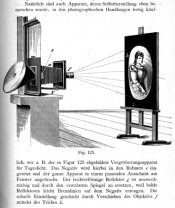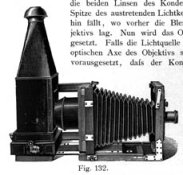BetterSense
Member
My electrical service recently went out. I was bored, so I figured I would do a little darkroom work. Then of course I realised that my safelight wouldn't be on, and my enlarger wouldn't work.
Now, wet-plate photography predates incandescent lighting, does it not? And even if not, surely there was a need to make prints in areas that were away from electrical service. What kind of light sources were used for making contact prints and for enlarging, without using electricity? Or maybe I'm wrong, and photography really depended on availability of electricity and incandescent bulbs.
Plus I've been thinking, after the zombie apocalypse, how will we make photographs without electricity? Manual cameras are easy to find and chemistry shouldn't be a problem, but I guess we are still dependent on electricity to make prints.
I can imagine using daylight for contact prints, but I don't know how you would control exposure.
Now, wet-plate photography predates incandescent lighting, does it not? And even if not, surely there was a need to make prints in areas that were away from electrical service. What kind of light sources were used for making contact prints and for enlarging, without using electricity? Or maybe I'm wrong, and photography really depended on availability of electricity and incandescent bulbs.
Plus I've been thinking, after the zombie apocalypse, how will we make photographs without electricity? Manual cameras are easy to find and chemistry shouldn't be a problem, but I guess we are still dependent on electricity to make prints.
I can imagine using daylight for contact prints, but I don't know how you would control exposure.





 Also remember Adams used light from Yosemite Park as his diffuse enlarging light source I believe before he had electricity??? Read that somewhere
Also remember Adams used light from Yosemite Park as his diffuse enlarging light source I believe before he had electricity??? Read that somewhere





